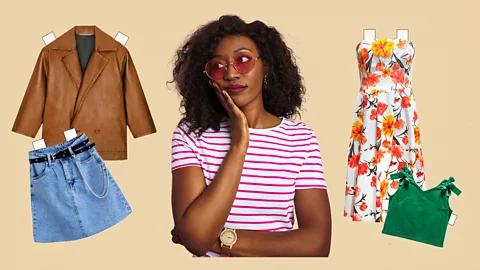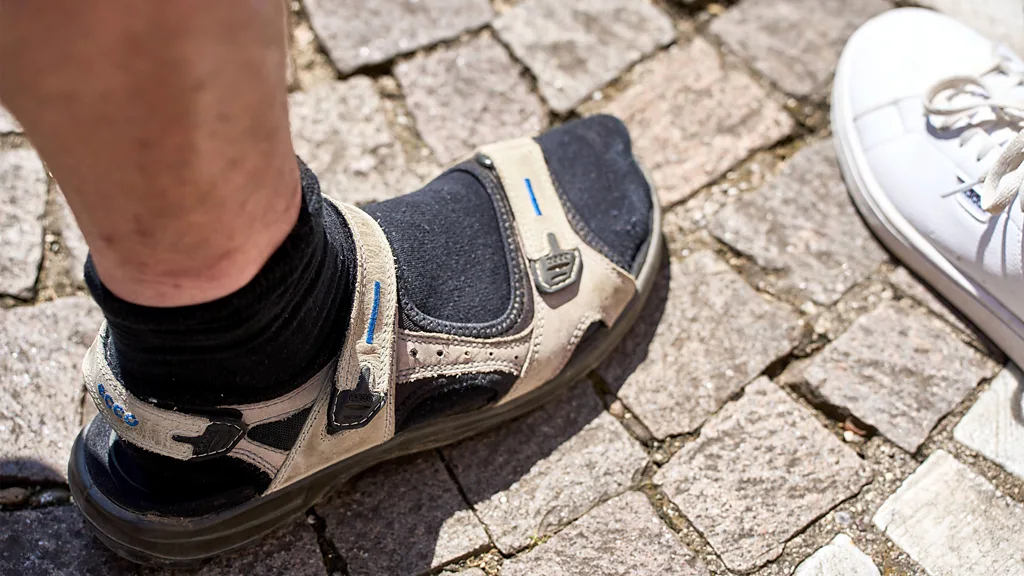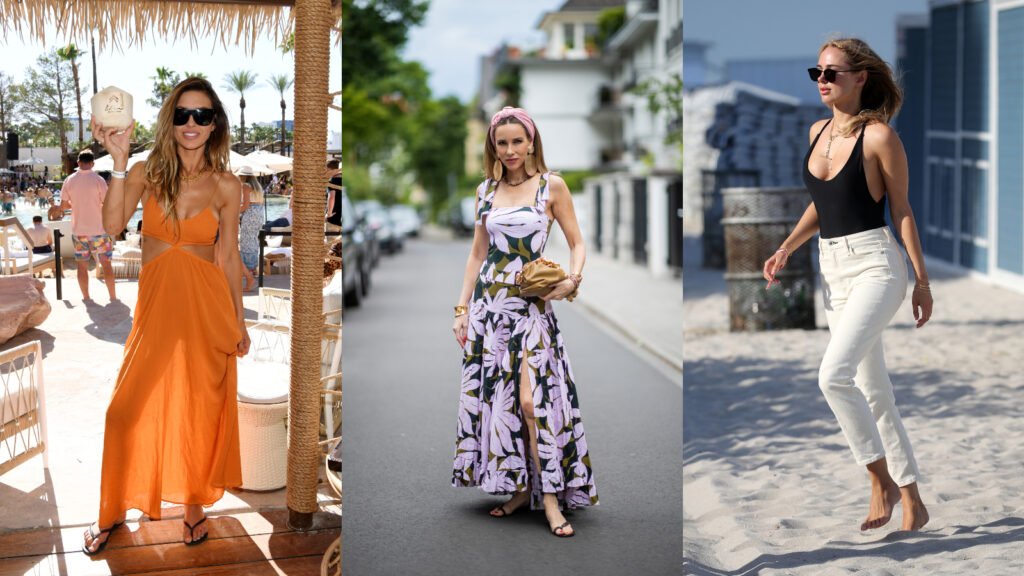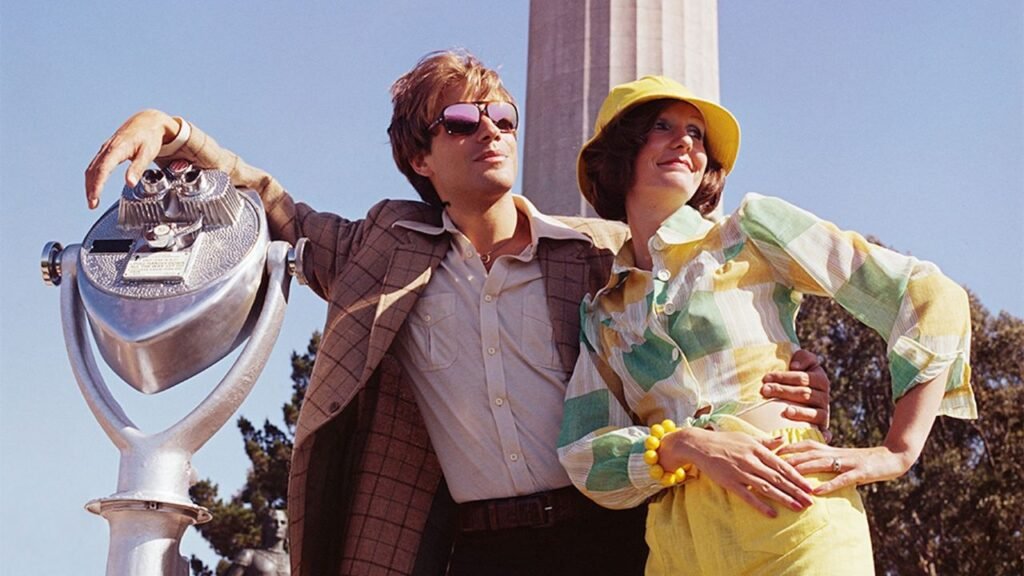Holiday Dressing Habits – How Our Vacation Style Transforms

When we board a plane or step onto foreign soil, something peculiar happens. Our style, our clothing choices — sometimes even our personality — shifts. Suddenly, we’re donning wide-brimmed hats, floaty maxi dresses, or sandals with socks — items we wouldn’t typically wear back home. These noticeable changes are part of our holiday dressing habits, a term that captures how vacation wardrobes often reflect a desire for reinvention, escapism, or cultural immersion. From vintage-inspired ensembles to minimalist capsule wardrobes, vacation attire becomes a kind of costume — a performance of another self on a different stage. Let’s unpack this transformation..
Historical Origins of Holiday Dressing Habits
Holiday wear as a concept is relatively new, born from the fusion of rising middle-class leisure and expanding travel access in the 19th century. Before then, clothing for travel was utilitarian, connected to trade, religion, or war. But the 1800s railway boom in Europe allowed families to escape cities for seaside resorts, creating demand for lighter, breathable, and stylish garments — an early evolution of what we now recognize as holiday dressing habits.
Designers like Coco Chanel later championed resort fashion—casual knitwear, palazzo pants, and practical swimwear—marking another step in the progression of holiday dressing habits. In the post-war economic boom, travel by plane skyrocketed, and with it came a new uniform: kaftans, Capri pants, and vacation prints. These clothes didn’t just keep you cool—they symbolized a mental shift into relaxation, detachment from everyday responsibilities, and became central to our modern holiday dressing habits.
The Psychology Behind Holiday Dressing Habits: Escapism and Identity
Our wardrobe is more than fabric—it’s a reflection of our mindset. When we travel, we often seek transformation. Whether hiking in Nepal or lounging in Bali, we don’t want to be tethered to the same routines. Dressing differently becomes part of shedding the monotony of daily life.

According to travel psychologists, how we dress while travelling mirrors our need to escape. It’s not just the climate that influences our choices—it’s also the emotional freedom that travel offers. Clothing becomes a symbol of self-exploration.
Tourist vs Traveller: A Fine Line Woven with Fabric
No one wants to look like a tourist, yet everyone is one. The stereotypical tourist—sun visor, fanny pack, map in hand—is avoided at all costs. Instead, travellers chase the elusive “authentic” aesthetic, guided by fashion blogs, Pinterest boards, and local style guides.
But why this urge to blend in? Experts suggest it stems from a desire to belong and avoid being marked as naïve. Looking like a traveller (as opposed to a tourist) signals cultural awareness, worldliness, and experience. It also helps avoid unwanted attention or inflated prices.
Sartorial Mimicry: The Influence of Place
Have you ever noticed that people tend to dress like their destination? Think Hawaiian shirts in Honolulu, cowboy hats in Texas, or Parisian stripes in France. This “sartorial mimicry” is not accidental. People consciously or subconsciously mirror the culture they are about to enter.

This mimicry isn’t just about aesthetics—it’s a symbolic gesture. Wearing linen in Greece or dramatic sunglasses in Italy is a way to say, “I’m participating in this culture.” But it walks a fine line; it can also border on caricature or cultural appropriation when stripped of meaning.
Instagram, Influencers, and Digital Style Performance
Social media has dramatically shifted the way we travel—and dress. Platforms like Instagram and TikTok have turned holidays into opportunities for visual storytelling. The landscape becomes a backdrop, and clothing is a central prop.
Gone are the days when people took pictures of monuments; now, it’s about photographing yourself in front of them—ideally in a curated outfit that matches the scene. Matching your dress to the Santorini sunset or donning white lace for Tuscan villas is more than fashion—it’s branding.
Outfits become integral to one’s personal travel brand. Sponsored clothing, colour-coordinated luggage, and outfit planning for the “golden hour” are now part of trip preparation.
Dressing Like a Local: Belonging or Blending?
Some travellers go to great lengths to dress like locals—shopping at street markets or researching local fashion norms. It’s an effort to blend in and connect. But the truth is, most of the time, locals can spot outsiders instantly, no matter how seamlessly you mimic their style.
But that’s not necessarily a bad thing. Dressing in homage to a culture shows respect and curiosity. When done tastefully and mindfully, it can lead to meaningful cultural exchange. But it’s vital to be aware of what garments signify—some may carry religious or political significance.
Functional Fashion: Dressing for Activities
Practicality also plays a huge role. Holiday attire is often dictated by what we plan to do. Hiking boots for treks, easy slip-ons for temple visits, and scarves for sun protection or modesty. Dressing smartly for activities means packing clothes you wouldn’t ordinarily wear at home.
Many seasoned travellers rely on capsule wardrobes: a few versatile pieces in neutral tones that can mix and match. Others go for multi-use clothing—sarongs that double as towels or dresses that transition from day to night. Fashion becomes an extension of the itinerary.
The Vacation Persona: Who Do You Become?
On holiday, many people feel emboldened to become a different version of themselves—more outgoing, adventurous, or stylish. Travel offers a kind of social anonymity. You may be far from your co-workers, family, or social expectations, which frees you to experiment.

A floral dress may feel too flashy for home, but under foreign sun, it’s the perfect outfit. You may feel more comfortable trying a fedora, bold prints, or open shirts abroad. The holiday version of yourself can be an exciting reinvention.
The Role of Celebration and Joy
There’s also something celebratory about being on holiday. Just as we dress up for weddings or parties, travel is often a rare and cherished event. So, why not dress for it? Wearing special clothes helps mark the occasion and mentally separate it from the everyday.
Whether it’s sequinned dresses on a cruise or boho chic at a beach resort, travel fashion captures the spirit of celebration. It says: “This is a moment worth enjoying—and remembering.”
Practical Tips for Thoughtful Holiday Dressing
- Research Cultural Norms: Know what’s appropriate to wear in temples, rural areas, or cities.
- Pack Versatile Pieces: Think about weather, activity level, and cultural expectations.
- Embrace Your Style: Be inspired by your destination, but stay true to your identity.
- Avoid Stereotypes: Skip overly cliché outfits that may come off as mocking or insensitive.
- Comfort is Key: Style shouldn’t come at the cost of painful shoes or impractical materials.
Dressing for the Journey and the Soul
Ultimately, the way we dress on holiday reflects more than fashion—it reveals our aspirations, our desire for transformation, and our relationship with culture and identity. Travel is a rare opportunity to express a freer, more curious version of ourselves.
Whether you pack a suitcase full of linen suits or hiking gear, the important thing is that it makes you feel good. Because at the end of the day, holidays are about joy, discovery, and living a little differently. So if you want to wear sequins in the Sahara or a straw hat in Scotland—go for it.
After all, you’re not just dressing for the destination—you’re dressing for the experience.




